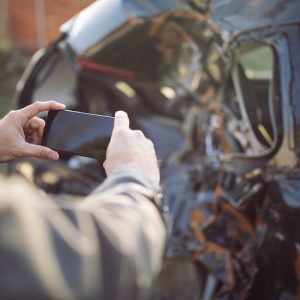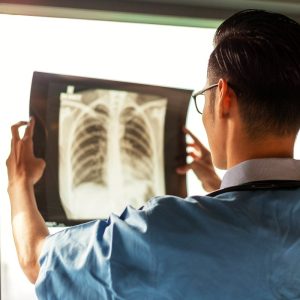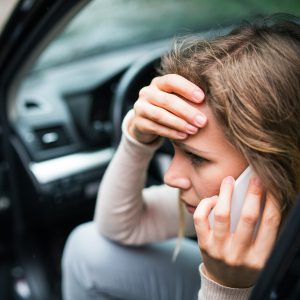How to Gather Evidence After an Auto Crash in St. Louis
After a car accident, take photos of the scene, exchange info with the other driver, get witness contacts, seek medical attention, and speak with an attorney. Experiencing a car accident can be overwhelming, but knowing how to gather evidence afterward is crucial, especially in St. Louis. At The Hoffmann Law Firm, with over 25 years … Read more






